Being a woman is incredible. Our bodies can do amazing things that men's cannot, including giving birth and producing nourishment for babies.
Unfortunately, though there are a lot of positives to being a woman, there are also some negatives.
Having breasts and a vagina can be wonderful, but it can also be problematic — anyone who has ever had a urinary tract infection, a yeast infection, or another vagina-specific infection knows this very well.
This article will talk specifically about yeast infections — those annoying vaginal infections that itch, burn, and cause huge amounts of discomfort.
But did you know that you can get yeast infections in other areas of your body as well? It's true!
Although usually associated with vaginas, yeast infections can actually occur on other parts of your body — and men can get them, too!
To learn more about the other areas of your body that can get yeast infections, keep reading below!
Thumbnail Photo: Wikimedia
What Is A Yeast Infection?
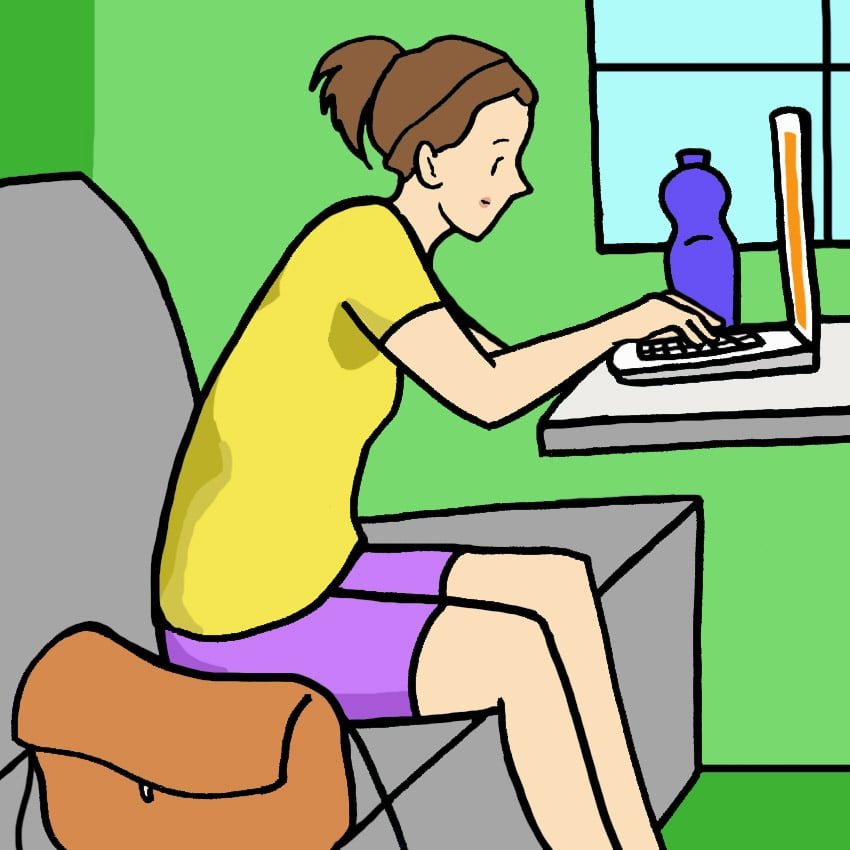
Yeast infections, also called "candidiasis," are fungal infections that are caused by a buildup of yeast.
According to the Centers for Disease Control and Prevention (CDC), when yeast organisms overgrow, they can cause symptoms to develop.
Candidiasis can occur in a variety of places on the body, and the symptoms vary based on the area that is infected.
Where Can Yeast Infections Occur?
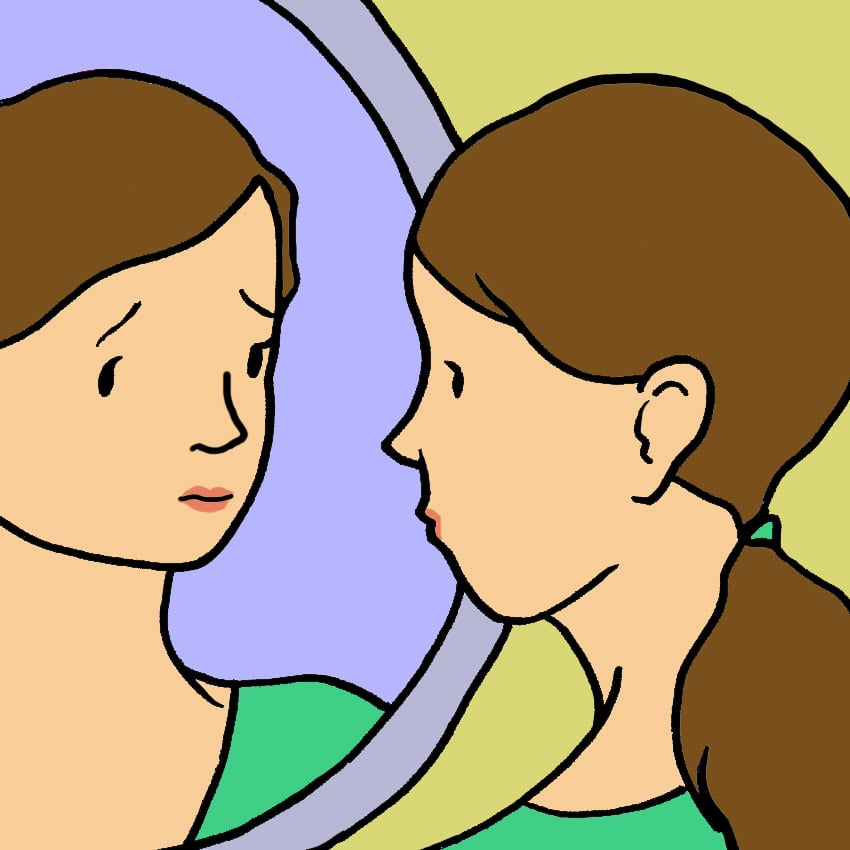
The CDC explains that there are over 20 species of Candida yeast, and when there is an overgrowth of this yeast, it can cause an infection.
Yeast infections can occur in/on the vagina, mouth, skin, feet, esophagus, breasts, butt, and penis.
Read below to find out the individual causes and symptoms for each location.
Yeast Infection Location #1: Mouth

Yeast infections in the mouth or throat are also called "oral thrush."
Oral thrush is uncommon among healthy adults, and are more common among babies (less than 1 month old), elderly people, and those with weakened immune systems.
The CDC explains that other factors associated with oral thrush include HIV/AIDS, broad-spectrum antibiotic use, denture use, diabetes, cancer treatments, organ transplantation, and corticosteroid use.
Some of the symptoms of oral thrush include white patches on the tongue or other areas of the mouth, soreness and redness in the affected area, and cracking at the corners of the mouth.
Yeast Infection Location #2: Skin
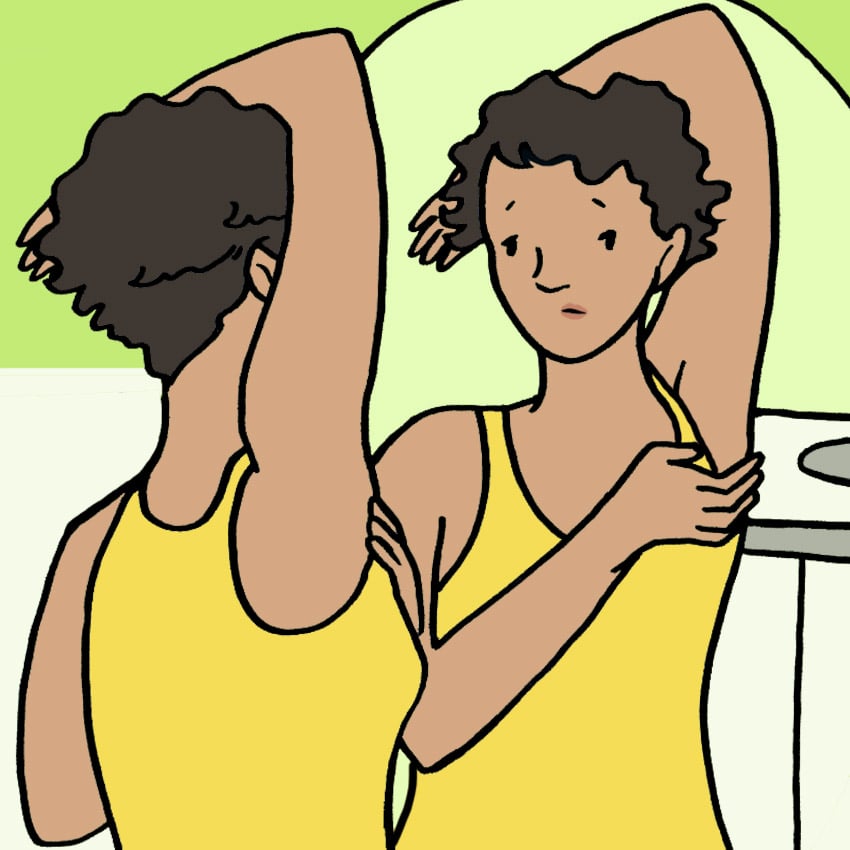
According to WebMD, yeast infections on the skin, called "cutaneous candidiasis," occur when there is an overgrowth of yeast on the skin.
Although it's possible to get a skin yeast infection on any part of your body, it's more likely to occur in moist, warm areas.
For this reason, many people will find that they get yeast infections under their arms, near their groins, or in other similar places — it can also cause diaper rash in babies.
Yeast Infection Location #3: Feet
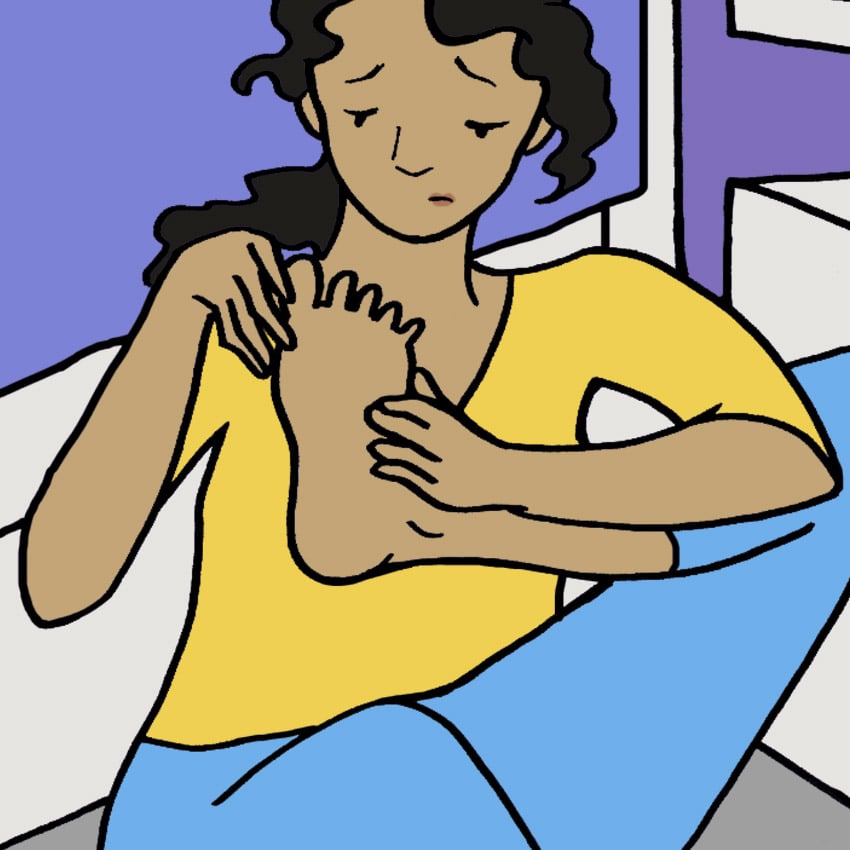
Because your feet regularly get sweaty and stay in warm, moist areas for a long time, it's not uncommon to get yeast infections on your feet.
Although the symptoms of yeast infections of the feet are similar to athlete's foot (since they are both fungal infections), there is one main difference: Yeast infections are not contagious, explains WebMD.
Yeast Infection Location #4: Esophagus
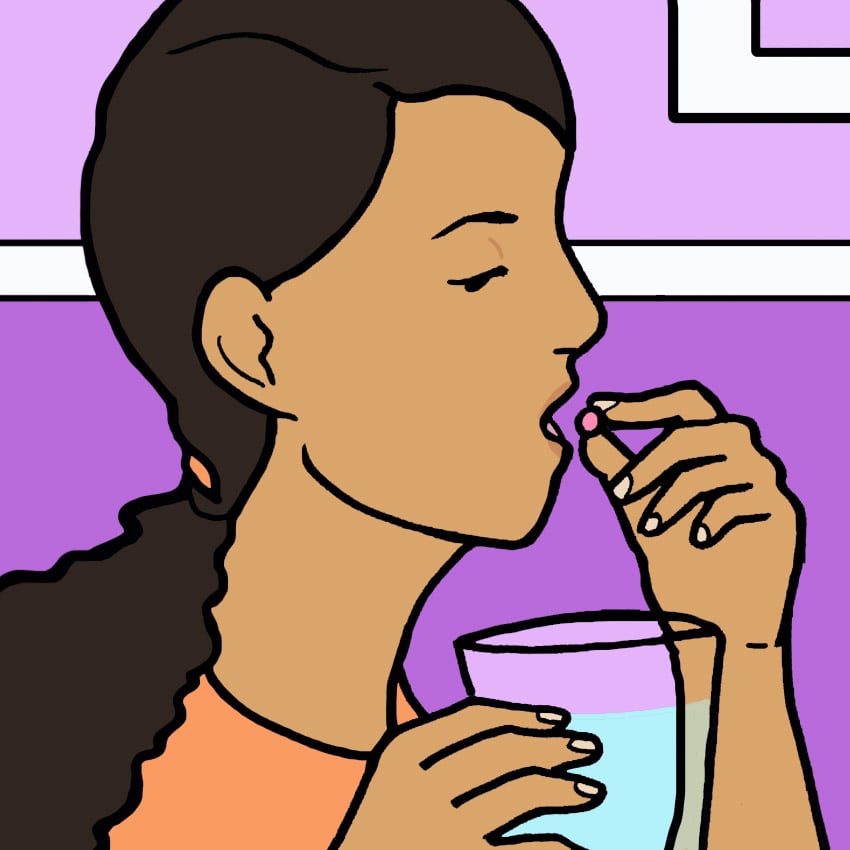
The Mayo Clinic explains that oral thrush may sometimes spread beyond the mouth and begin to affect your throat and esophagus.
Like oral thrush, you may see whitish lesions in the mouth, but if it has advanced to your throat you may also experience redness and soreness that is so severe that you struggle to eat and swallow.
Yeast Infection Location #5: Breasts
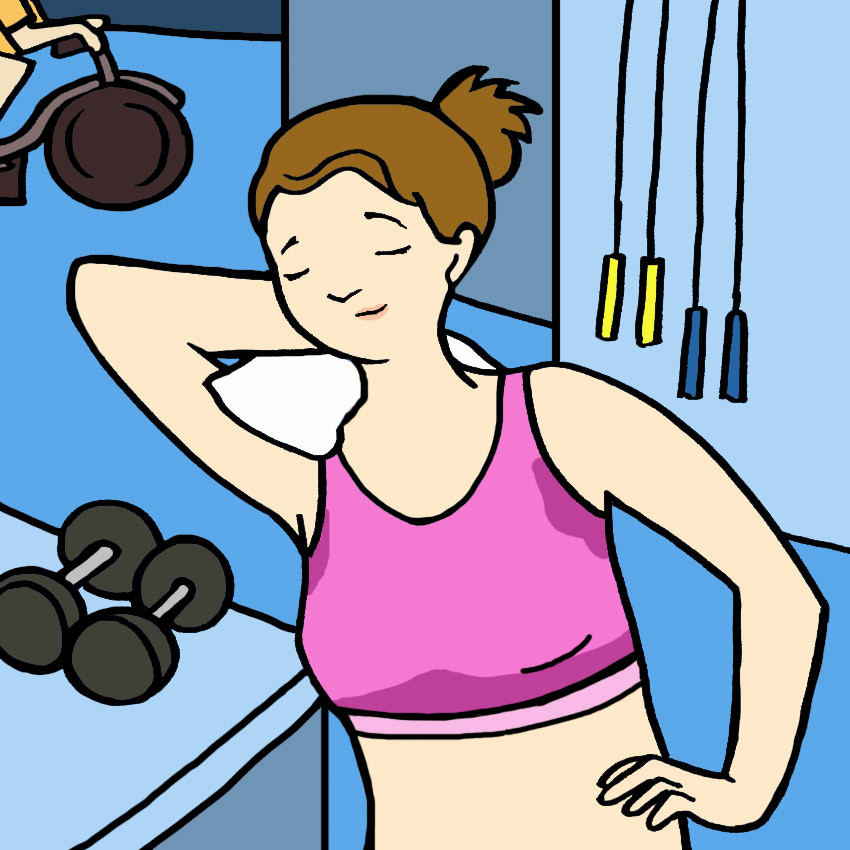
When breastfeeding infants that have oral thrush, they can pass it back and forth to their mothers while they are breastfeeding.
If your baby has oral thrush, Mayo Clinic explains that they can pass it to their mother's nipples, which can then be passed back to the baby's mouth.
Symptoms to look out for if you think you might have a yeast infection on your breast include:
- shiny or flaky skin on the areola
- unusually red, cracked, itchy, or sensitive nipples
- deep, stabbing pains
- unusual pain during nursing or between feedings.
People may also get yeast infections on the skin under their breasts if the area stays moist for too long,
Make sure to change out of wet swimsuits and sports bras quickly to avoid fungal overgrowth.
Yeast Infection Location #6: Butt
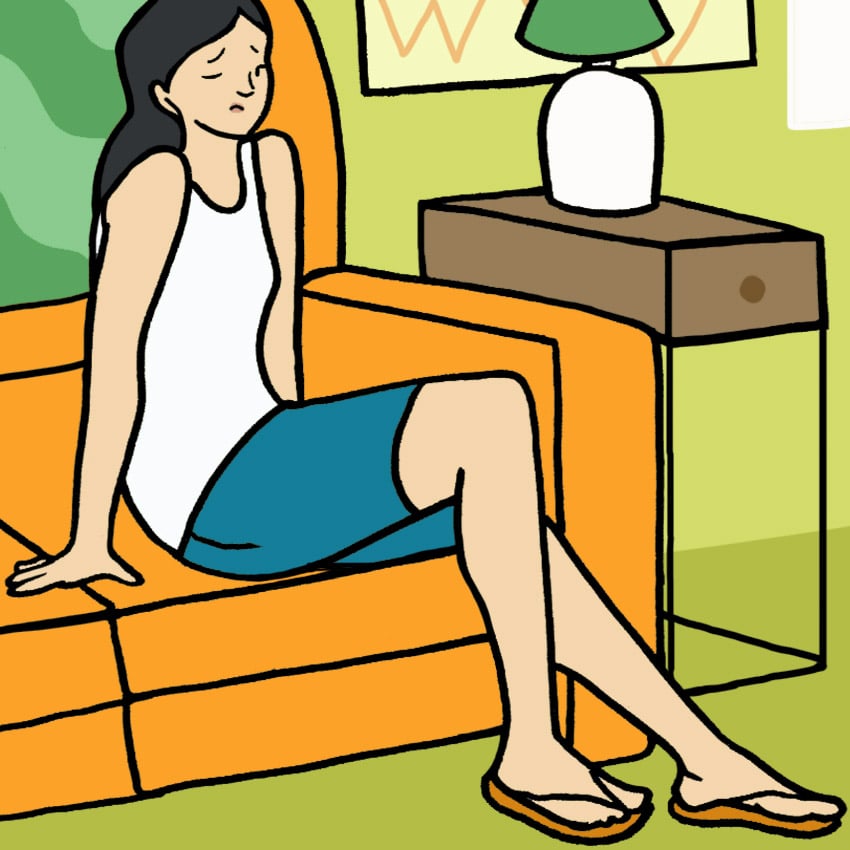
Unfortunately, another common area for yeast infections to occur is on the butt. There are two main reasons people get yeast infections on their butts: baby diapers, and vaginal yeast infections.
According to WebMD, babies can get yeast infections as a form of diaper rash, since they are sitting in a moist, warm diaper for potentially long periods of time. If the baby (or their breastfeeding mother) is on antibiotics, it can be even more common.
Women who have vaginal yeast infections can also get butt yeast infections because it can spread.
To avoid this, make sure you keep your hands very clean when you have a vaginal yeast infection, and try not to itch your vagina and buttocks.
Yeast Infection Location #7: Penis
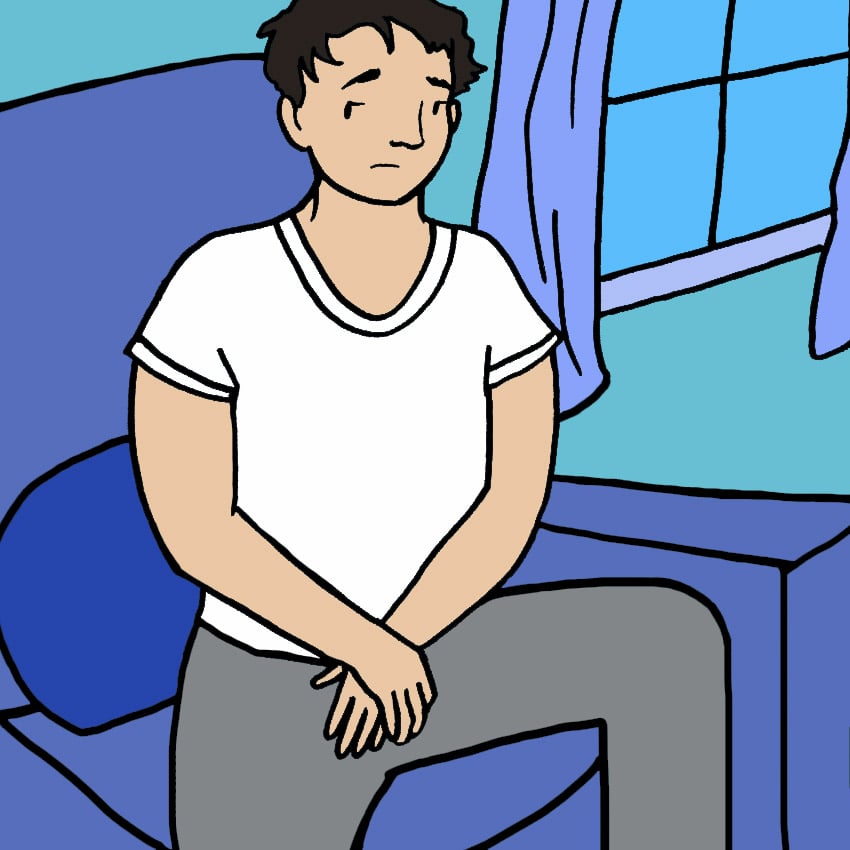
If you thought men were lucky and got to avoid the joy of yeast infections, you were wrong — men can get yeast infections, too.
According to Mayo Clinic, male yeast infections, called "balinitis," are more common among men who are uncircumcised, use antibiotics, are overweight, have diabetes, have an impaired immune system, or practice poor hygiene.
If a man has sex with a female partner who currently has a vaginal yeast infection, it can make them more likely to get one as well.
Generally, balinitis symptoms include areas of white, shiny skin on the penis, a moist white substance collecting in the folds of the penis, and itching, burning, or redness on the penis.
How To Treat A Yeast Infection
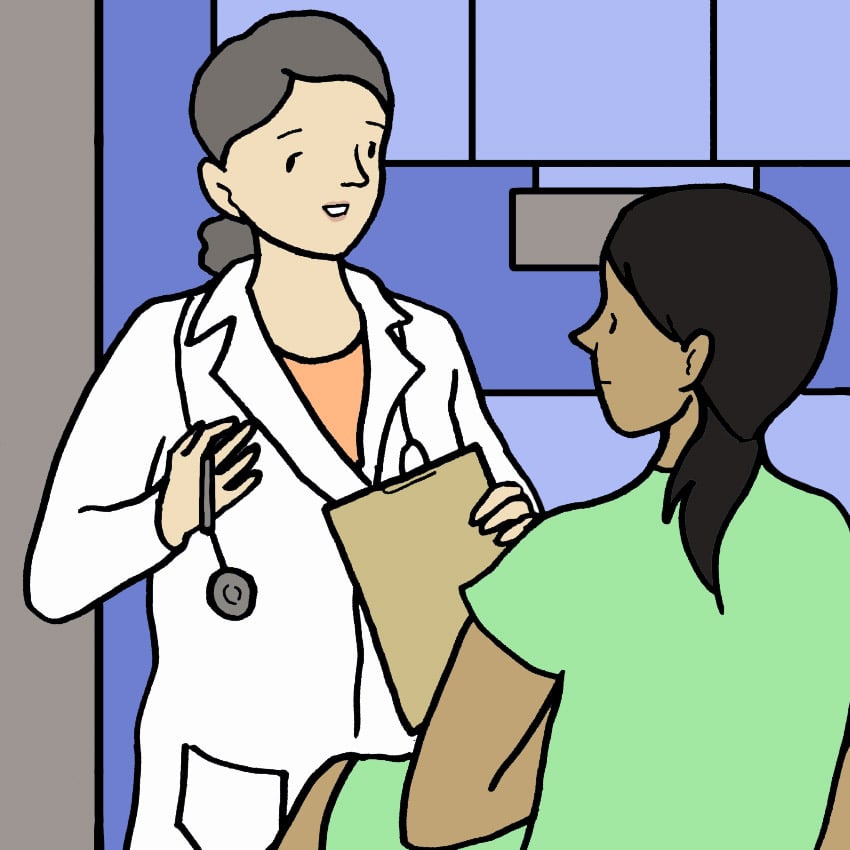
If you think you have a yeast infection anywhere on your body, make an appointment with your doctor — they can determine whether or not what you have is actually a yeast infection or something else.
Fortunately, yeast infections are very treatable. According to the U.S. National Library of Medicine, most people can get rid of their yeast infections by using an antifungal medicine.
Sometimes, treating yeast infections can be a little more difficult, especially if you have a weakened immune system. Your doctor will be able to work with you if this is the case.
If you think everyone needs to know about these non-vaginal yeast infections, please SHARE this article with your friends!




